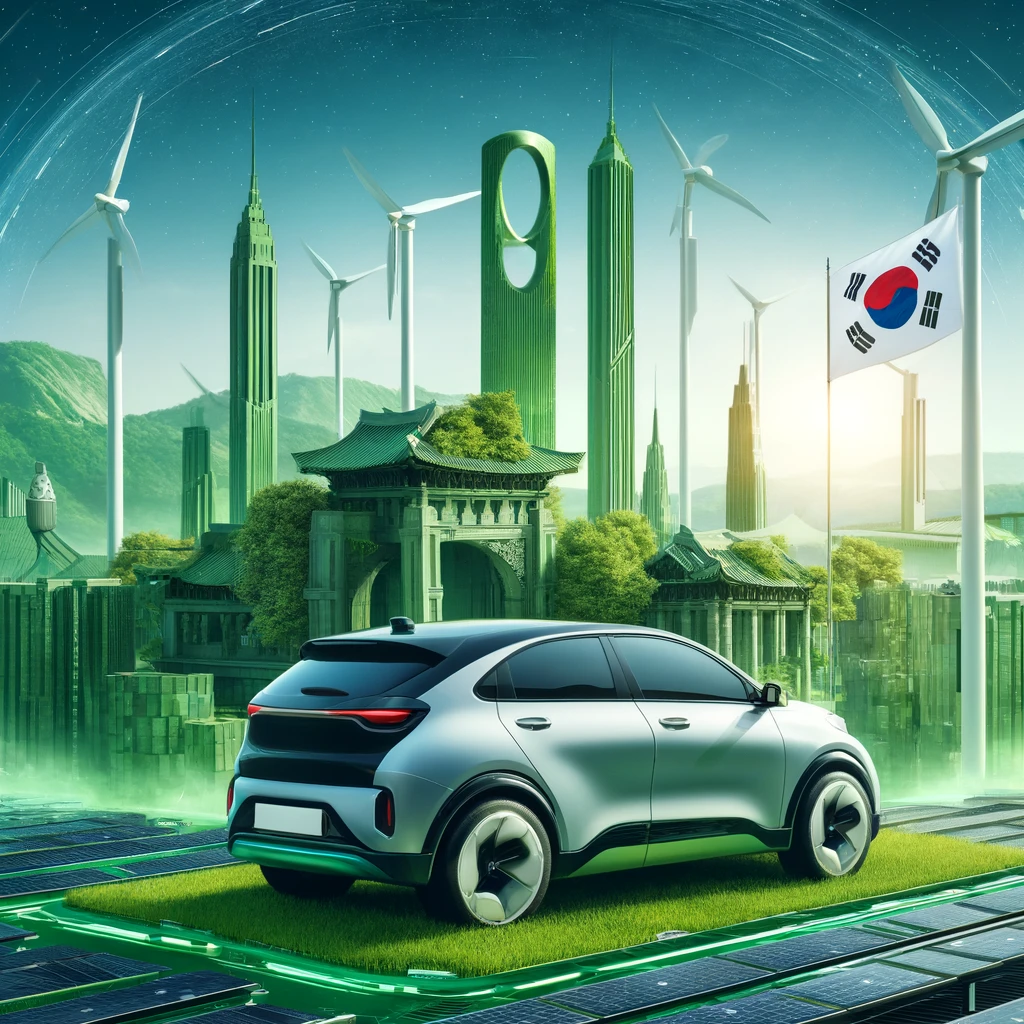Introduction to Paintless Composite Molding Technology

In a significant breakthrough, Hyundai and Kia have introduced an innovative manufacturing technique called Paintless Composite Molding Technology. This next-generation process ensures a smooth surface and robust body strength without the need for a traditional painting process. By utilizing plastic composites, the technique allows the production of vehicle exterior parts without additional painting, significantly reducing carbon emissions.
Environmental Impact and Carbon Emission Reduction
One of the standout features of this technology is its environmental benefits. By replacing conventional automotive painting processes, the use of colored raw materials layered with transparent and color coats helps to maximize carbon emission reduction during production. Hyundai and Kia explain that this method significantly cuts down on the carbon footprint associated with traditional painting procedures.
Application in Hyundai’s Electric Vehicle Platform
This innovative technology was first applied to the roof spoiler of Hyundai’s electric business platform model, the ‘ST1 Cargo’. Previously, manufacturing the roof spoiler required body painting, but with the new Paintless Composite Molding Technology, the painting process is omitted, leading to a 40% reduction in energy consumption.
Durability and Aesthetic Advantages
The use of colored raw materials ensures that even with minor damage, the original color remains intact on the scratched area, maintaining the vehicle’s appearance. The technology also offers superior gloss and color development. Additionally, the composite materials used in this process are over 20% lighter than the fiber-reinforced plastic (FRP) used in traditional roof spoiler manufacturing.
Future Applications and Benefits
Hyundai and Kia anticipate that this technology can be widely applied to parts requiring diverse and small-scale production. They plan to further develop the technique for manufacturing other components such as hood panels. By innovating manufacturing methods, the companies aim to enhance production flexibility, product quality, and contribute to energy savings.
Conclusion: A Step Forward in Sustainable Manufacturing

Through the introduction of Paintless Composite Molding Technology, Hyundai and Kia are paving the way for more sustainable manufacturing practices in the automotive industry. This advancement not only highlights the companies’ commitment to reducing their environmental impact but also sets a new standard for automotive manufacturing globally. As they continue to innovate, the industry can look forward to more eco-friendly and efficient production techniques in the future.
Hankook Tire Extends Sponsorship with UEFA Europa League and Europa Conference League
Hi, I’m [jeybee]. As a long-time resident of Seoul, I’m passionate about uncovering the authentic, everyday magic of Korea. This blog is my way of sharing my favorite spots, tips, and cultural insights with you, beyond the usual tourist traps.

